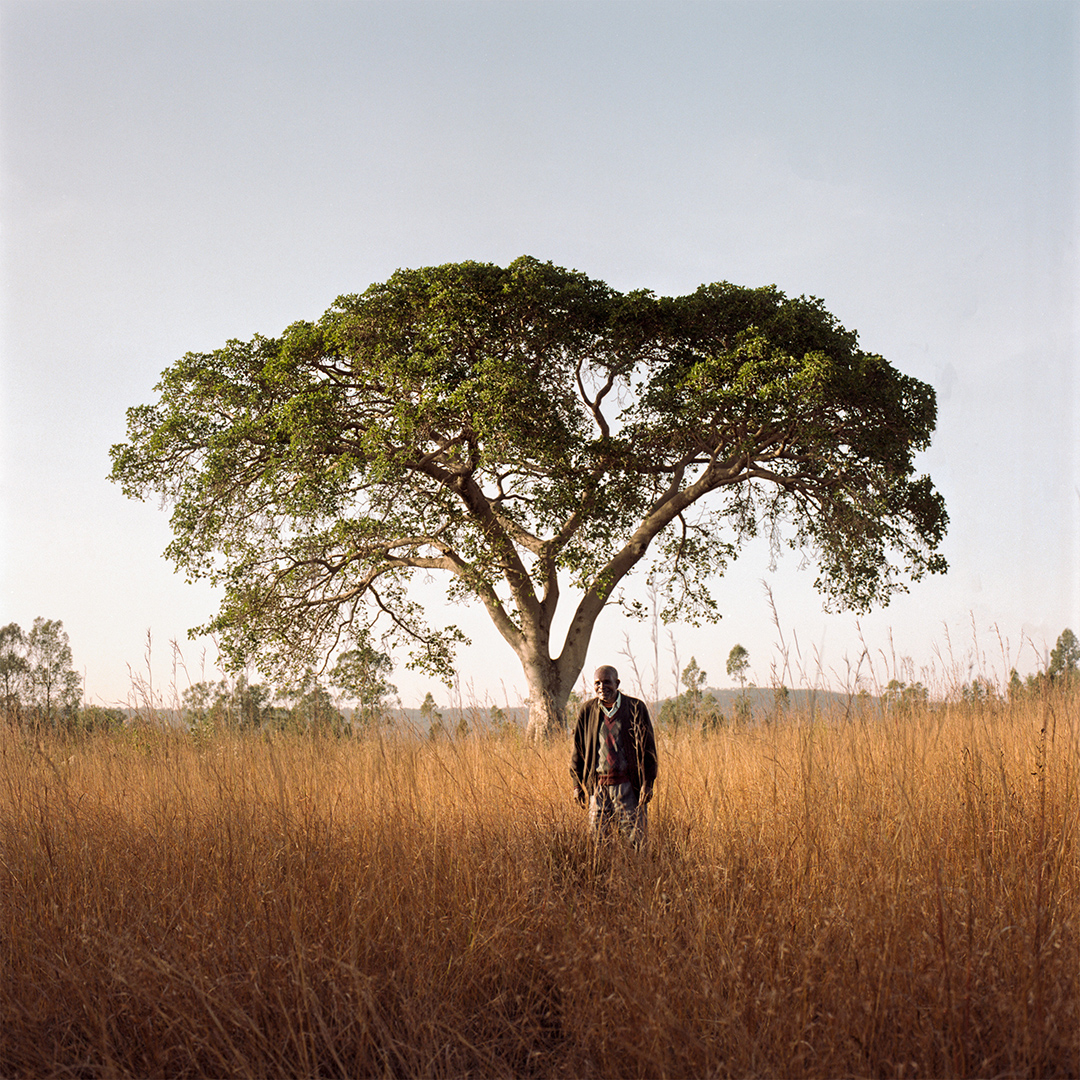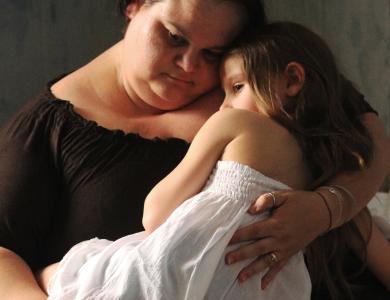
Fabien Fourcaud’s creative career started in digital design for cinema, before fully dedicating himself to his photographic projects. Storytelling, landscapes and communities are at the heart of his practice. Find out about his latest series exploring the daily life of Ethiopian coffee farmers by checking out his takeover on our Instagram feed.
For this week’s Instagram takeover we’re featuring your project on Ethiopian coffee farmers. Tell us more about how you conceived and created the series. What appealed to you about this subject matter? How long did the project take to create?
Early 2019, we had an assignment in Ethiopia from an agroforestry company called Pur Projet who helped coffee farmers to plant 530,000 trees in the Sidama district. By bringing back the trees, they would have already reduced landslides and created shades to protect the fragile coffee plants from the intense sunshine. During this time spent in small villages with farmers, we discovered the situation in rural Ethiopia. Coffee is everything to them, it is more than a source of revenue, it is at the core of their culture.
If you ask a farmer, he will answer that there is nothing more real than climate change. Global warming affects soil and the flowering of coffee trees. Each year, coffee production decreases. If the coffee is in danger, the whole community is in danger too. In some districts, experts planned the end of coffee culture in only five years' time.
Almost everyone knows that climate change is real and we are already feeling its effects. But in some parts of the world, you see how urgent the situation is. These farmers have very little means to fight against climate change, however, I was impressed how hard they work on a daily basis to try and minimize its effect on their surroundings. That is precisely the motivation behind this project. We had 14 days to make the photo project plus four short films. It was quite intense due to long journeys and therefore a short timing. Thankfully we were supported by local experts, which helped in meeting the farmers and connecting with people
You first started your creative career in digital design for cinema. What has this experience brought to your photography?
Actually it was two really different and complementary jobs. My experience in cinema gave me a strong background in storytelling and made me realise how much the form and the meaning can serve the same purpose. Also, when you discover that Nanook of the north, one of the first documentary films ever made, was a mix between realism and fiction it changes for sure the way you think, understand, and construct your own stories. With digital platforms, the audience can discover your content the way they want, just like in an exhibition. You can propose a particular order of viewing, but if they want to jump from one thing to another, they can do it. And whatever the journey they chose, it must work.
Your portfolio is an interesting mix of landscape, portrait and documentary. Why does this broader approach to photography suit you? Was there one particular photographer or body of work that's made a big impression on your work?
My first big series Off Season was talking about a resort temporarily abandoned by tourists during the low season, and the second series, Sanctuaires explored our relationship to landscapes by visiting zoos and natural history museums. Both do not feature any portraits, but to me these two series are still about people without explicitly depicting them. So it seemed logical to me to explore the mix of portraits and landscapes in the same work. It could be explained by my appreciation of the works of Stephen Shore, Fred Herzog, Joel Sternfeld and Luigi Ghirri, or more recent influences such as Alec Soth, Justine Kurland, to name a few.
You co-founded Unforeseen Studio. How did setting up that photographic studio help your career?
Setting up a studio had an impact on our commissions. We now get bigger companies with projects that request various skills. Just like my partner at Unforeseen Studio, I have worked for those big companies for many years. We both know that they have great stories to tell, but how hard it can be for them to tell those stories in creative and innovative ways. That’s why being a studio helps us to propose a content production with storytelling development, and also the different ways to bring it to the public with digital tools such as social media platforms, printed materials and exhibitions, ensuring that those are complementary
Do you work on one series at a time or a few simultaneously?
Yes, I love to mix both long term and short term works. It’s pretty dynamic, and I’m curious how each work can influence the other. Of course, there are certain times where this can be quite tricky, but I am getting more and more at ease with this way of doing. Because of COVID, I had to put on hold one of my major projects taking place in the north of Sweden, so I’m glad to have other subjects to work on!
Your aesthetic is intriguing. Can you tell us a little about your post-processing?
Actually it’s pretty complicated for me to speak about my aesthetic as it is an unconscious choice based on my own tastes and preferences. I like to think that I can adapt the style from one series to another, depending on the subject while still being recognizable. I like lines, empty spaces, light and softness and I think it shows in all my photographs.
Post-processing is also an important part of the work. Depending on what scanner I will use, it changes all the nature of the image and I need to adapt myself. Lately, I started to explore 4x5 films scanned with Flextight technology and I’ve been surprised how much it changed the way I work and my post-processing routine.
Saajve is your current work in progress. Where do you see it going?
Yes, Saajve is the project name of my next work. It’s the story about the mountains we dig in and collapsing cities. The subject has been already covered by some media titles, however I wanted to focus less on the event itself but more on the human aspects and their relationship to this radically transforming territory. I started this work 3 years ago and I plan to continue it for at least 10 years. I originally planned to release the first set of images this year, but because of COVID-19 I had to put everything on hold. So let’s hope 2021 will see the first release of images from this project.


